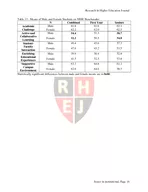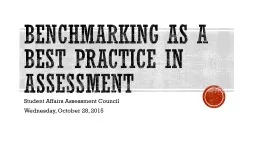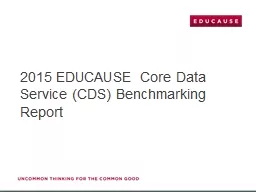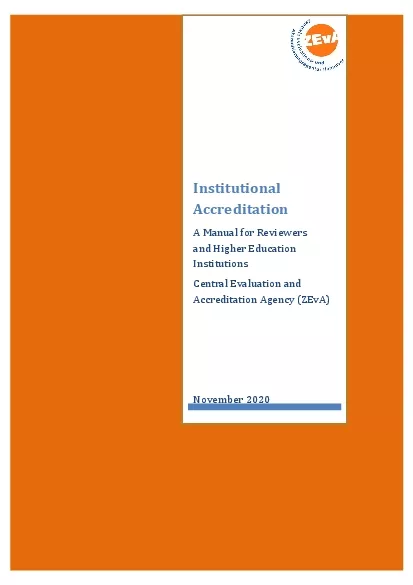PDF-Research in Higher Education Journal Issues in institutional Page Issues in institutional
Author : tatyana-admore | Published Date : 2014-12-11
Judd United States Military Academy Christopher Pondish City University of New York Charles Secolsky Savoy Illinois Abstract Benchmarking is a process that can take
Presentation Embed Code
Download Presentation
Download Presentation The PPT/PDF document "Research in Higher Education Journal Iss..." is the property of its rightful owner. Permission is granted to download and print the materials on this website for personal, non-commercial use only, and to display it on your personal computer provided you do not modify the materials and that you retain all copyright notices contained in the materials. By downloading content from our website, you accept the terms of this agreement.
Research in Higher Education Journal Issues in institutional Page Issues in institutional: Transcript
Download Rules Of Document
"Research in Higher Education Journal Issues in institutional Page Issues in institutional"The content belongs to its owner. You may download and print it for personal use, without modification, and keep all copyright notices. By downloading, you agree to these terms.
Related Documents














